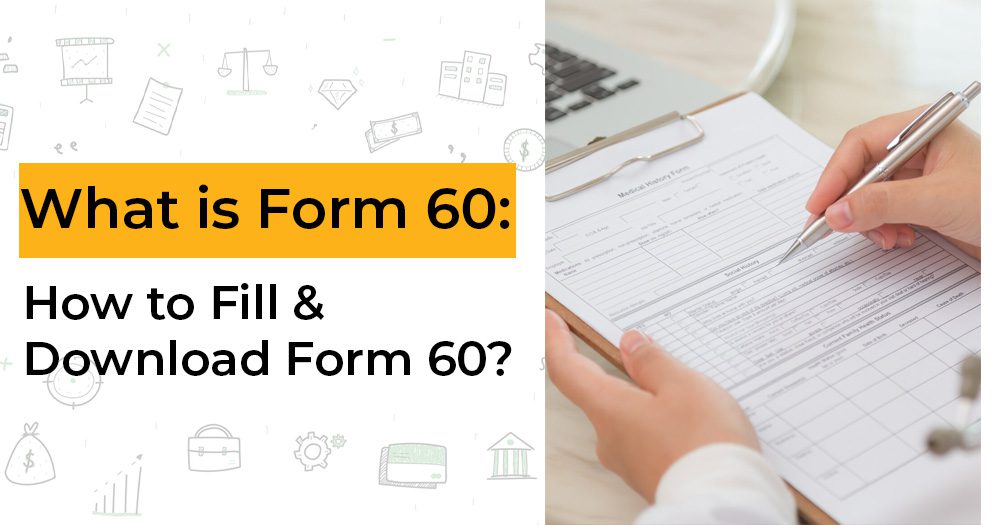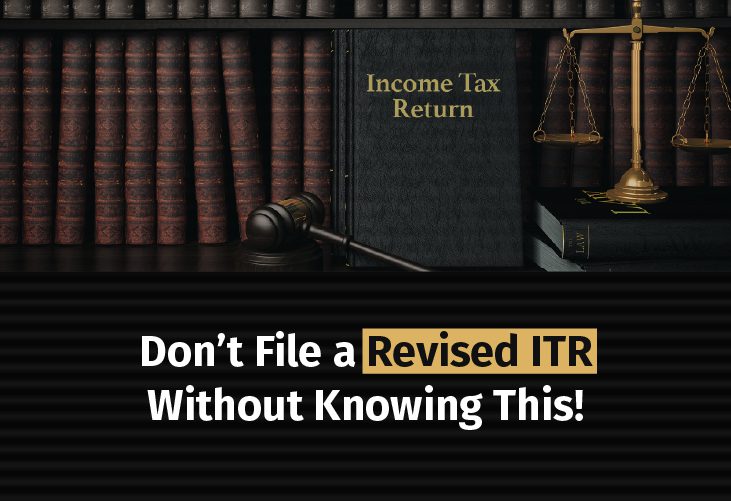With the introduction of a new tax regime, taxpayers in India now have the choice between the Old & new regimes. The decision to choose your regime and opt for one over the other can significantly impact tax liabilities and financial planning. In this comprehensive blog post, we will delve into the key distinctions between these two regimes and provide insights to help you choose between the new & Old tax regimes.
Comparison of Old Tax Slab and New Tax Slab for FY 2022-2023 and FY 2023-2024 for taxpayers up to the age of 60 years
Old Tax Slab for FY 2022-2023 and FY 2023-24:
As there is no change in tax rates for old regime, it is same for FY 2022-23 and 2023-24
| Income Slab (₹) | Tax Rates |
|---|---|
| 0 – 2.5 Lakhs | 0% |
| 2.5 Lakhs – 5 Lakhs | 5% |
| 5 Lakhs – 10 Lakhs | 20% |
| 10 Lakhs and above | 30% |
Tax Slab as per New Tax regime for FY 2022-2023:
| Income Slab (₹) | Tax Rates |
|---|---|
| 0 – 2.5 Lakhs | 0% |
| 2.5 Lakhs – 5 Lakhs | 5% |
| 5 Lakhs – 7.5 Lakhs | 10% |
| 7.5 Lakhs – 10 Lakhs | 15% |
| 10 Lakhs – 12.5 Lakhs | 20% |
| 12.5 Lakhs – 15 Lakhs | 25% |
| 15 Lakhs and above | 30% |
Tax Slab as per New Tax regime for FY 2023-2024
| Income Slab (₹) | Tax Rates |
|---|---|
| 0 – 3 Lakhs | 0% |
| 3 Lakhs – 6 Lakhs | 5% |
| 6 Lakhs – 9 Lakhs | 10% |
| 9 Lakhs – 12 Lakhs | 15% |
| 12 Lakhs – 15 Lakhs | 20% |
| 15 Lakhs and above | 30% |
Over and above the Income tax as mentioned above, 4% health and education cess is also applicable.
Individuals have the option to choose between the old tax slab and the new tax slab, depending on which one is more beneficial for them. The new tax slab offers lower tax rates for certain income brackets, providing potential tax savings. However, it is important to carefully evaluate and compare both tax slabs based on your specific income and deductions to determine which one is more advantageous for your financial situation.
Example of calculation for a taxpayer with Income or Rs. 12,00,000/- with a deduction of Rs. 1,50,000/- under section 80C and HRA exemption of Rs. 1,00,000/-
For 2022-23
| Particulars | Old Regime (Rs.) | New Regime (Rs.) |
|---|---|---|
| Gross Salary | 12,00,000/- | 12,00,000/- |
| Less: HRA exemption | 1,00,000/- | – |
| Less: Standard Deduction | 50,000/- | |
| Less: Deductions u/s 80C | 1,50,000/- | |
| Taxable Income | 9,00,000/- | 12,00,000/- |
| Tax on above income | 96,200/- | 1,19,200/- |
For FY 2023-24
| Particulars | Old Regime (Rs.) | New Regime (Rs.) |
|---|---|---|
| Gross Salary | 12,00,000/- | 12,00,000/- |
| Less: HRA exemption | 1,00,000/- | – |
| Less: Standard Deduction | 50,000/- | 50,000/- |
| Less: Deductions u/s 80C | 1,50,000/- | |
| Taxable Income | 9,00,000/- | 11,50,000/- |
| Tax on above income | 96,200/- | 85,800/- |
Understanding the Old Tax Regime
The old regime adheres to the traditional structure of tax slabs and enables taxpayers to claim various deductions and exemptions under different sections of the Income Tax Act. Notable deductions include Section 80C (Pertaining to investments in instruments like PF and Life Insurance Premiums), Section 80D (Relating to medical insurance premiums), and Section 24 ( Concerning home loan interest), HRA, LTA.
Advantages of the Old Tax Regime
Diverse Deduction Options: The old regime presents a wide array of deductions and exemptions, allowing taxpayers to significantly reduce their taxable income. This is particularly advantageous for individuals with substantial investments and expenses that qualify for deductions.
Understanding the New Tax Regime
The new regime, introduced in 2020, simplified the tax structure by offering lower tax rates. However, taxpayers must forgo most deductions and exemptions available under the old regime. Under the new regime, taxpayers are subject to lower tax rates without the need to track and claim various deductions.
Advantages of New Regime
Lower Tax Rates: The new regime provides reduced tax rates compared to the old regime, potentially leading to decreased tax liability for taxpayers. This can be advantageous for individuals for lower income or those without significant deductions.
Simpler Tax Planning: The new regime eliminates the complexity of tracking and claiming various deductions. This simplifies tax planning and reduces the intricacy associated with filing tax returns.
Higher limit for Rebate: There is a rebate of the tax payable provided by the government u/s 87A. Until FY 2022-23, it was allowed for taxpayers with income upto Rs. 5,00,000/-. In the new regime, this limit has been increased to Rs. 7,00,000 from FY 2023-24.
Choosing the optimal Regime for You
When deciding which regime is best suited for your situation, consider the following factors:
Income Level : Evaluate your income level and the potential deductions you can claim. If you have relatively low income and limited deductions, the new regime with its lower tax rates may be more beneficial.
Investment and Expense Profile : Assess your investment portfolio and expenses eligible for deductions under the old regime. If you have substantial investments and expenses that qualify for deductions, sticking with the old regime may result in greater tax savings.
Future Financial Goals : Consider your long-term financial goals and how each regime aligns with your overall financial planning. Evaluate how your choice of regime impacts your retirement planning, investment strategies, and other financial objectives.
Complexity Vs Simplicity : Evaluate your preference for a simplified tax structure (new regime) versus potential tax savings through deductions (old regime). Take into account the time and effort required to track and claim deductions under the old regime.
Conclusions
Choosing between the new tax regime and the old tax regime requires careful consideration of your income level, investment profile, financial goals and personal preferences.
While the new regime offers lower tax rates and simplicity, the old regime provides opportunities for significant tax savings through various deductions.
It is important to assess your specific circumstances and, if necessary, consult a tax advisor to make informed decisions that aligns with your financial goals and aspirations in 2023.
Disclaimer: Please note that the above tax slabs are indicative and may be subject to change. The information provided is based on research and personal opinion and advised to consult a tax advisor or a certified financial advisor for accurate advice tailored to your individual situations.









